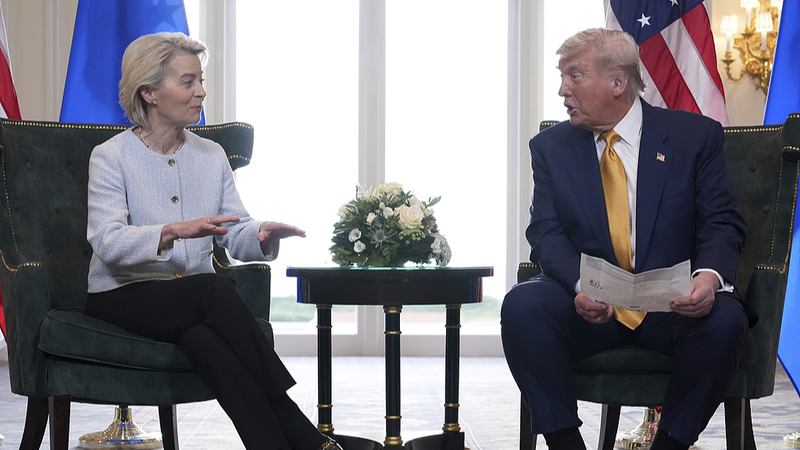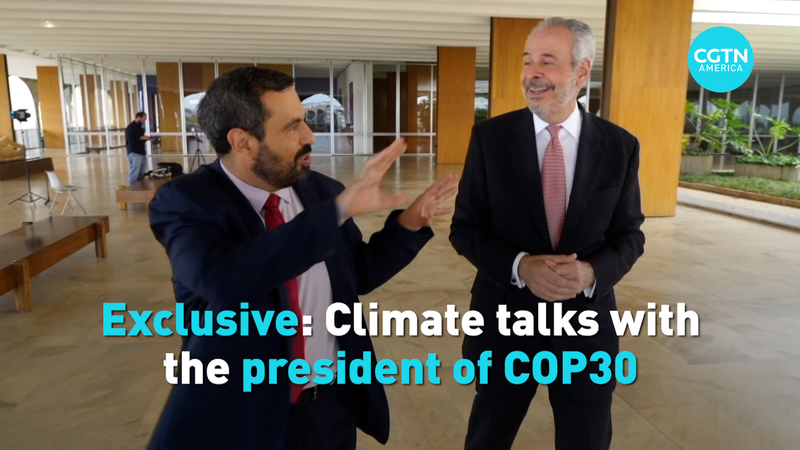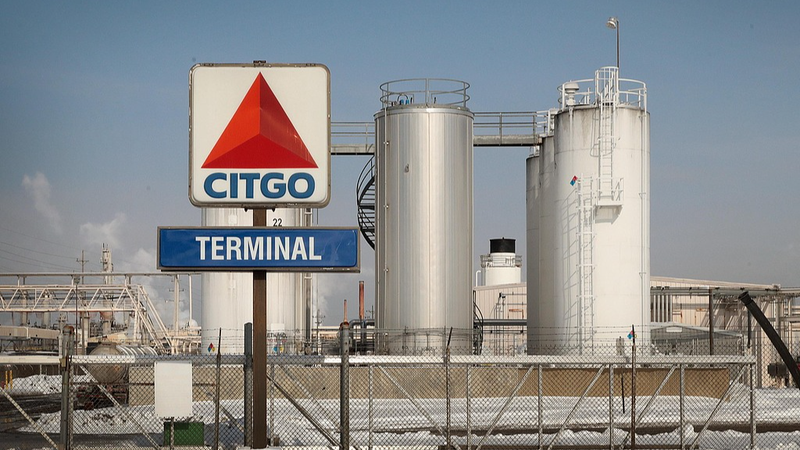The U.S.-EU tariff deal has hit the headlines with a blend of relief and caution across Europe. Announced as a framework agreement, the deal will impose a 15% import tariff on most EU goods starting next month. Although this rate is half of what was initially threatened, many fear the economic jolts that could follow. 😟
Some leaders, including Germany's Chancellor Friedrich Merz and EU Trade Commissioner Maros Sefcovic, praised the agreement. Merz pointed out that the pact has helped avert a trade conflict that would have hit export-driven economies, while Sefcovic noted that a 30% tariff alternative would have been far tougher.
However, not everyone is on board. In France, influential voices decried the deal as a form of submission. Similarly, in Portugal and Hungary, critics warned that stepping up from approximately 2.5% to 15% could damage European producers. Hungarian Prime Minister Viktor Orban even delivered a humorous yet pointed critique during a live stream, adding a pop culture twist to the debate. 😕
While further details—such as clarifications on the steel sector—are set to be finalized in upcoming negotiations, both sides promised to iron out key issues in a joint statement by August 1. The deal also features significant investment pledges, as the EU commits to strategic purchases over the next three years, attempting to balance ambitious targets with economic caution. 🔥
Overall, the new tariff pact averts a potential trade war, offering a temporary relief that leaves many questions unanswered. As the negotiations continue, all eyes remain on how these measures will shape Europe's economic landscape.
Reference(s):
cgtn.com




